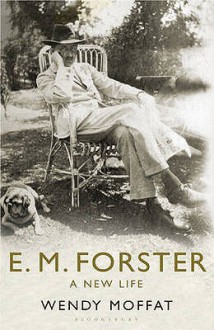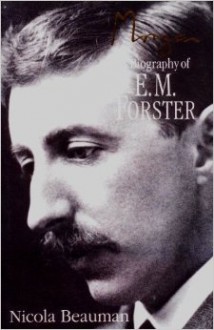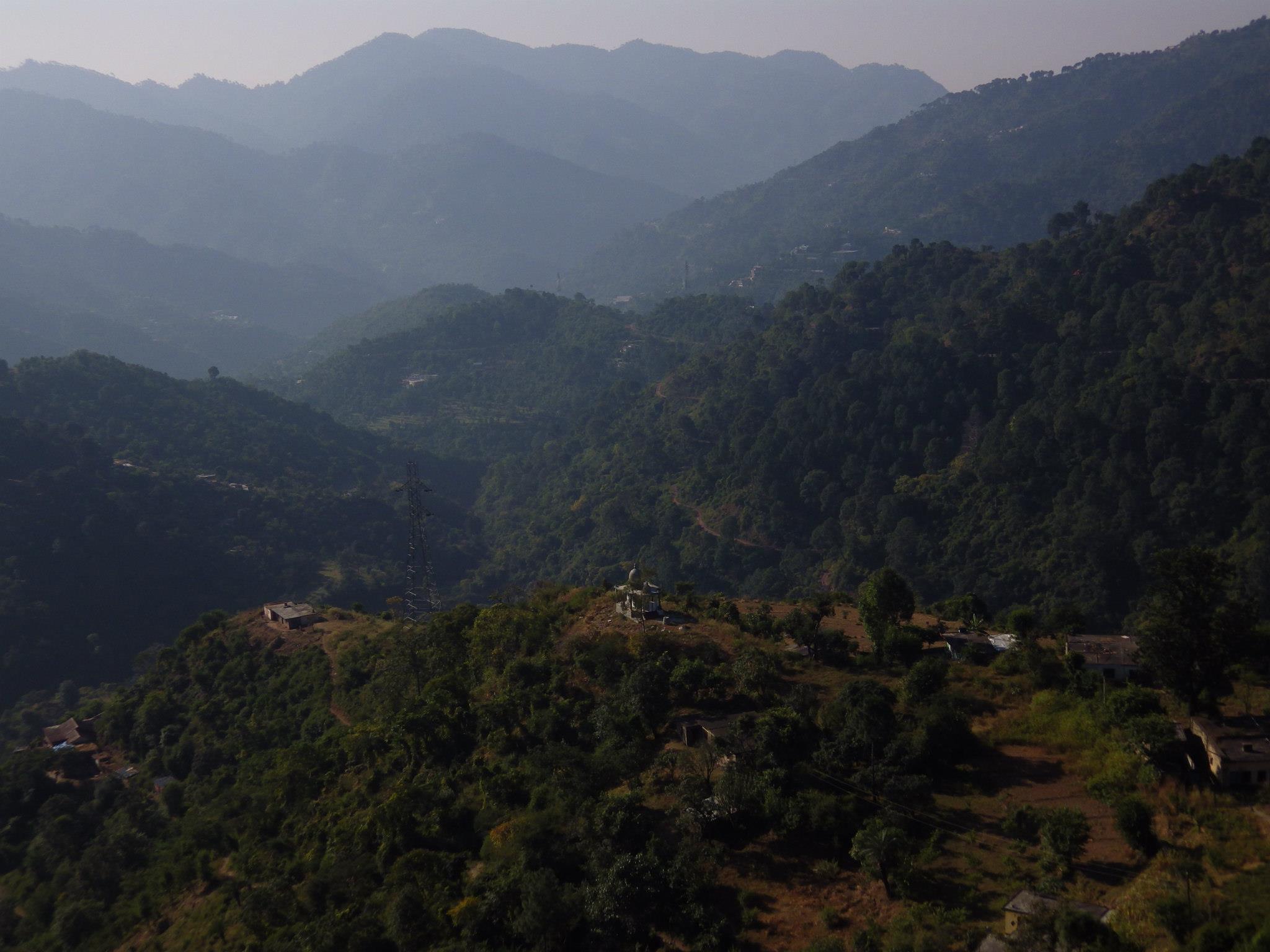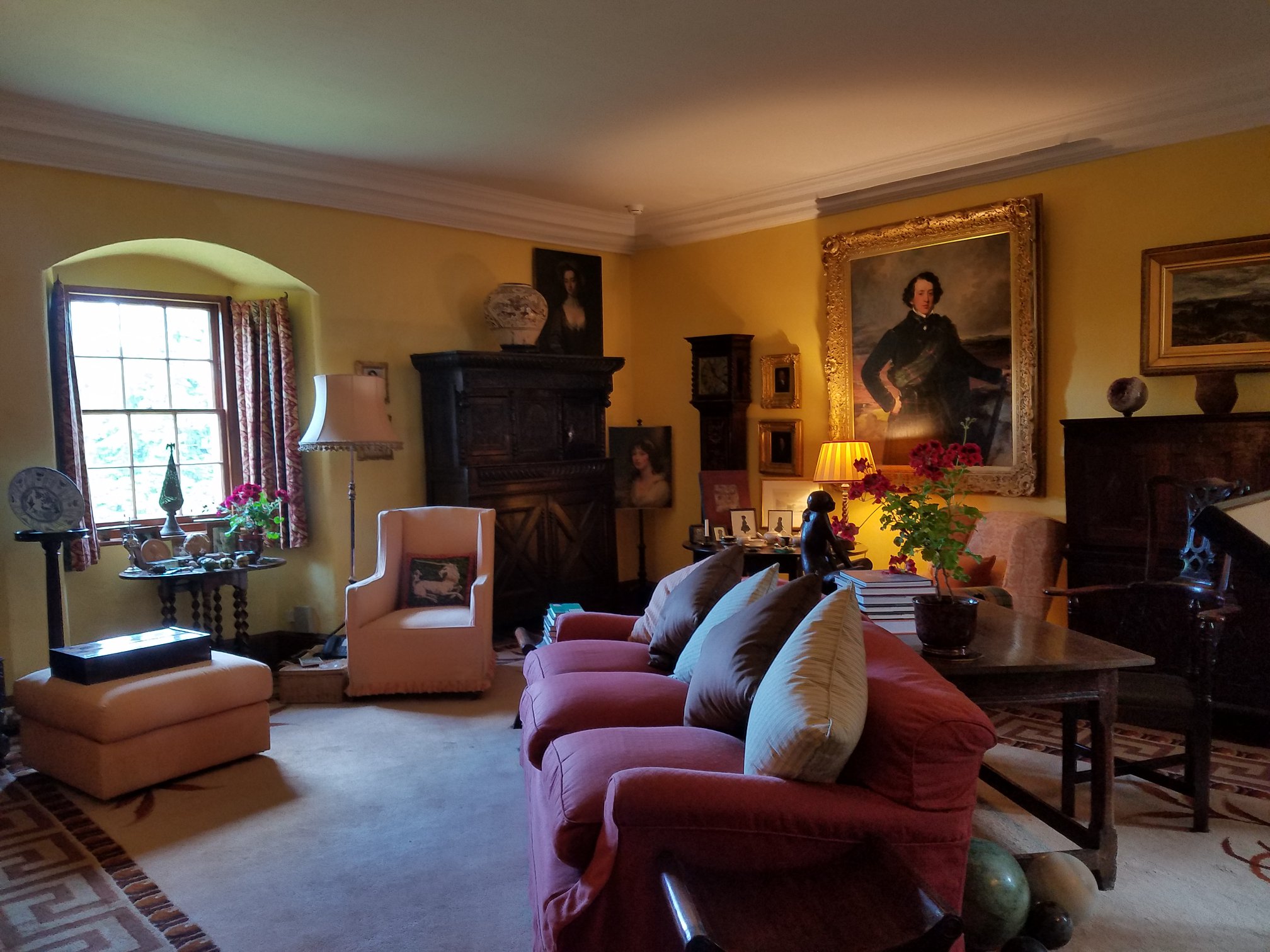
Before judging my reading experience of this book based on my star rating, let me say this:
This was not a bad book and there are aspects of this biography that provide a valuable insight into Forster's life and work. However, this biography really follows Forster's life from one angle only, depending on what you expect from a biography, mileage on this may vary.
Moffat starts the book with an explanation of her approach, which in turn is based on something Christopher Isherwood said when looking at a stack of biographies about Forster:
"Of course all those books have got to be re-written," he said. "Unless you start with the fact that he was homosexual, nothing's any good."
That is, Moffat is quoting from an Isherwood biography by John Lehmann here, and whether this is a true account or was written as a dramatic embellishment, I could not say.
It does, however, go straight to the heart of Moffat's biography ... and also to one of the criticisms I have.
Moffat does an excellent job presenting Forster in the context of his sexuality, or more precisely his initial struggles with it and the immense pressure he felt of not being able to live openly for fear of persecution and, indeed, prosecution. Being a young man at the start of the 20th century, Forster would have only been too aware of the trials of Oscar Wilde and would himself witness the arrest of friends and acquaintances over the decades.
His resentment over not being able to tell the stories he really wanted to tell and over having to work within the expectations of societal conventions lead to Forster stopping to write major works of fiction after A Passage to India (1924). That is, he did write another major novel, Maurice, but insisted that it should not be published until after his death as the story tells of the relationship between two men and he feared the repercussions. (Btw, Maurice apparently includes a game-keeper scene that may have inspired D.H. Lawrence - one of the few people who were aware of the manuscript - to mock it in Lady Chatterley's Lover)
Moffat explores Forster's diaries - including his "locked" diaries, which he also only allowed access after his death - in detail and we do get a clear picture of the anxieties and of the passions Forster had, and Moffat does well to connect Forster's diary entries with the lives of his friends, peers, and with perception of homosexuality in society through the decades.
However, this is also the main point where this book fell down for me. Moffat goes into a lot of detail. Salacious detail. Lots and lots of it. At times, I felt like whole chapters were focusing about who bedded whom more so than Forster's life and work. Rather than developing an argument, it felt like some of the descriptions merely served to provide a sensationalist hook.
I really should have liked this more than I did, but the meandering descriptions of relationships (not just Forster's but also of his friends and acquaintances) made me skim over quite a few paragraphs. There was little point to most of them.
The other criticism I have is with Moffat's writing style. It did not work for me. Her narrative sounded dramatised in a way that made the book read more like fiction than non-fiction and some of the descriptions, as a result of the narrations, did not sound factual even tho they may have been. This was not helped by the way that references were not clearly marked in the text. They were there, of course, but I should not have to check the reference section in the book to see if a certain line on a page is actually backed up with a source of research.
All in all, this was interesting, but I would not recommend the book without some hesitation.

 Log in with Facebook
Log in with Facebook 





 It's been a stressful and rather frustrating week at BT HQ last which started with some-Brexit induced admin nightmare, which needed me to seek out the an appointment at Glasgow City Council on Monday because none of the council offices closer to home, i.e. on the other side of the country, were able to offer the required services. This was pretty stressful in itself (had to take a day off work on short notice and nearly panicked when sitting down for getting paperwork checked etc. it looked like I might have misplaced a bit of it ... it did re-appear in a different pile ... but that was one long minute of near panic) but a few days after I received a call from the council officer whose only task in this whole process was to take copies: the copies had turned out blurry and could I "pop in" for another round?
It's been a stressful and rather frustrating week at BT HQ last which started with some-Brexit induced admin nightmare, which needed me to seek out the an appointment at Glasgow City Council on Monday because none of the council offices closer to home, i.e. on the other side of the country, were able to offer the required services. This was pretty stressful in itself (had to take a day off work on short notice and nearly panicked when sitting down for getting paperwork checked etc. it looked like I might have misplaced a bit of it ... it did re-appear in a different pile ... but that was one long minute of near panic) but a few days after I received a call from the council officer whose only task in this whole process was to take copies: the copies had turned out blurry and could I "pop in" for another round?












